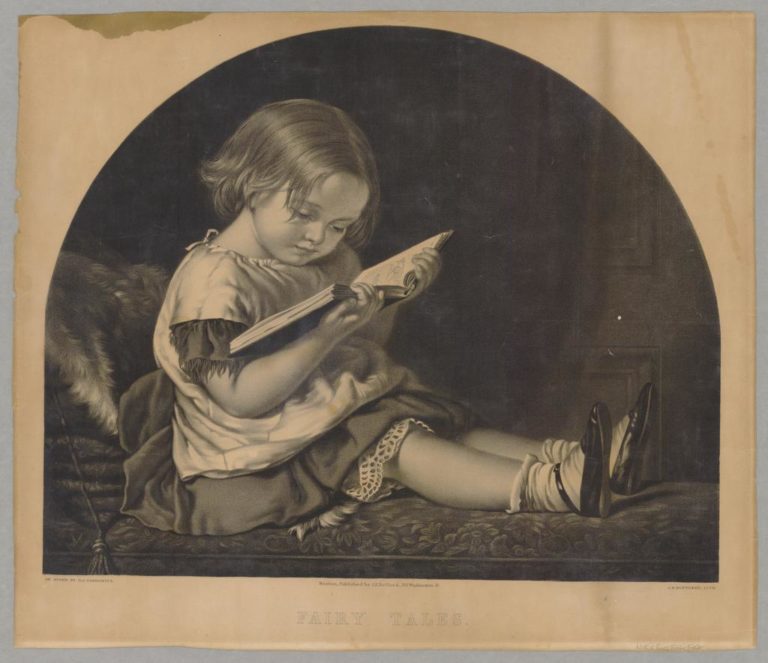In this Issue

Can you blame us for being a defensive lot, we lovers of early American literature, when all about us we see America’s political Founding Fathers (and sometimes Mothers) celebrated like rock stars, on t-shirts, in miniseries, and, most enviably, with best-selling biographical tomes? What about our literary Founding Fathers (and Mothers)? Anne Bradstreet? Edward Taylor? Charles Brockden Brown? Don’t they too deserve a little name recognition: at least a spot on CSPAN or a line-drawing portrait on a bookbag? We who cherish early American books and writers come by our defensiveness honestly. It is a long-standing American intellectual tradition, pioneered by fine American literary minds like William Ellery Channing, Ralph Waldo Emerson, and Herman Melville, each of whom in his own way responded to that stinging question posed by Sydney Smith in the Edinburgh Review in January 1820: “In the four quarters of the globe, who reads an American book?”
Perhaps we might feel a little better if we put Smith’s barb in its fuller context. “In the four quarters of the globe,” he wrote, “who reads an American book? or goes to an American play? or looks at an American picture or statue? What does the world yet owe to American physicians or surgeons? What new substances have their chemists discovered? Or what old ones have they analyzed? What new constellations have been discovered by the telescopes of Americans? What have they done in mathematics? Who drinks out of American glasses? or eats from American plates? Or wears American coats or gowns? or sleeps in American blankets?” The occasion for these questions was a review of Statistical Annals Embracing Views of the Population, Commerce, Navigation, Fisheries, Public Lands, Post-Office Establishment, Revenues, Mint, Military and Naval Establishments, Expenditures, Public Debt and Sinking Fund, of the United States of America (1818) by the Philadelphia chemist and congressman Adam Seybert, an 803-page, leather-bound, copyrighted statistical celebration of the fact and expanse of American nationhood. Seybert’s Annals was itself but another iteration of a longstanding, defensively American genre begun with the seventeenth-century advertisements published by William Wood, John Smith, and other early English promoters of New World plantation schemes and redeployed for newly national purposes by Thomas Jefferson in his Notes on the State of Virginia (1785). Jefferson wrote, in part, to defend his country against the antagonistic findings of French naturalist Georges-Louis Leclerc, Comte du Buffon, that American climates were so unhealthful as to produce inferior specimens of the animal and human species. Perhaps Adam Seybert was feeling a bit like Thomas Jefferson when he solemnly proclaimed in his preface to the Annals, “No other nation has hitherto furnished an equal body of authentic information.”
Without giving any satisfaction to Sydney Smith—who was, after all, a passed-over Anglican cleric marooned in Edinburgh, and who did, after all, propose the self-consciously provincial motto “We cultivate literature on a little oatmeal” for his own Edinburgh Review—we might forgive him for poking a little fun at Seybert (whose Annals, to his credit, was published in French and Italian in 1820 and reprinted in 1969, 1970, and 1978). For by now it has certainly been established that lots of people have slept in American blankets, eaten from American plates, drunk from American glasses, watched American plays, and read American books. This special issue of Common-place gives us a chance to step back from the earnest defensiveness that has sometimes characterized early American literary history and delight publicly in the strange and wonderful books that are our American legacy.
The essays collected here together make the case that knowing more about the books, readers, and reading habits of early Americans is both pleasurable and intellectually enriching. As Hilary Wyss explores the world of books in early American Indian communities, she offers an intriguing look into the home library of one famous eighteenth-century indigenous author. Michael Drexler examines how a forgotten early American novel offers insight into the American response to the Haitian Revolution, with a surprising connection to Aaron Burr. Meanwhile, Lisa Gordis takes us on a field trip with her Barnard College literature students to Trinity Churchyard in downtown Manhattan, to shed a few tears over the grave of fallen eighteenth-century fictional heroine Charlotte Temple and to wonder at the pleasures early American books afford contemporary readers. In an essay that seems to speak directly to our own economic moment, Ed Cahill explores how the financial panic of 1819 was mirrored by a literary panic about the overproduction of American books, while Michael Winship investigates how American books like Charlotte Temple and Uncle Tom’s Cabin became “bestsellers.” Who publishes early American books today is the question Max Cavitch pursues as he reflects on the Library of America series and the digital future of early American literature; what the founding generation read is a question taken up by Alison LaCroix and a group of law students at the University of Chicago. Hilary Emmett takes a cross-cultural perspective on early American novelist Charles Brockden Brown, considering her Australian students’ reaction to his depiction of settler-Indian relations and to American culture at large. Together, these authors maintain that early American literary texts grant us access to aspects of the past that might otherwise remain invisible and that they have the power to touch the present in moving and unexpected ways.
This article originally appeared in issue 9.3 (April, 2009).
Joanna Brooks teaches American literature at San Diego State University. She is the author of the award-winning American Lazarus: Religion and the Rise of African-American and Native American Literatures (2003) and the editor of the Collected Writings of Samson Occom: Literature and Leadership in Eighteenth-Century Native America (2006).